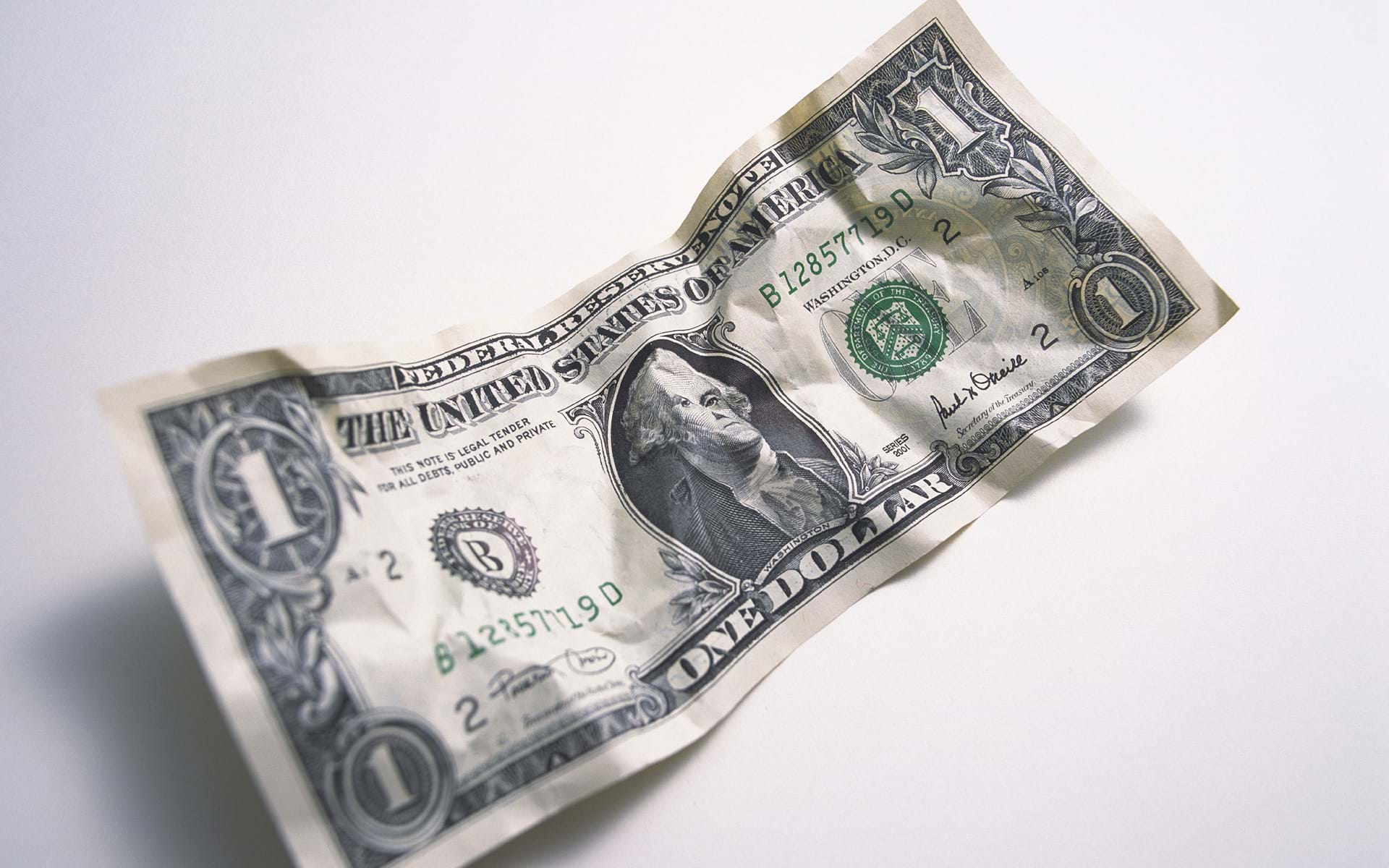Whenever I meet with prospective clients, I usually hear the following comment “I want my portfolio to outperform the overall market, but I don’t want to take any risk.” It’s understandable; individuals want their investments to do well when the market is up, but they also don’t want to lose any money when the market is down. Unfortunately, risk and return have a positive relationship: the higher the expected return, the greater the risk. The optimal portfolio earns the maximum return with the least amount of risk, but how does someone create that optimal portfolio? One method used by professional money managers is the eponymous Sharpe Ratio. Created by Nobel Laureate William Sharpe, the Sharpe ratio is a measure of risk-adjusted returns or how good is your investment return given the amount of risk taken. The higher the Sharpe ratio for an investment, the better the risk-adjusted return.
What is Risk
The Sharpe Ratio is simple to compute and is comprised of only three variables: expected return, risk-free rate, and standard deviation. Standard deviation is the most widely used measure for risk in portfolios because it shows the variation of returns from the average return. The greater the standard deviation, the greater the risk. The risk-free rate is a theoretical investment with no-risk and typical proxy is a short-term government bond yield. The Sharpe Ratio is calculated using the formula below.
(Expected Return of Portfolio – Risk Free Rate) / Portfolio Standard Deviation of Portfolio
Apples and Oranges
Assume your portfolio had a 15 percent rate of return last year while the overall market earned only 10 percent. Your initial thought would be that your portfolio is better than the overall market because of your added return. However, even though your return was greater than the overall market, if you take into consideration the risk of your portfolio, calculated using the Sharpe Ratio, you may have assumed much more risk than you thought. Hence, your portfolio was not optimal. Let’s assume that your portfolio had a standard deviation of 13 percent versus 6 percent for the overall market, and the risk-free rate was 2 percent.
Sharpe Ratio for your portfolio: (15 – 2) / 13 = 1.00
Sharpe Ratio for the overall market: (10 – 2) / 6 = 1.33
In this example, we see that while your portfolio earned more than the market, your Sharpe Ratio was significantly less. The market portfolio with a higher Sharpe Ratio was a more optimal portfolio even though the return was less. Therefore, you assumed excess risk without additional compensation. Conversely, the overall market, with the higher Sharpe Ratio, had a higher risk-adjusted return.
Not Everyone Is Normal
One of the biggest advantages of the Sharpe Ratio is also its biggest weakness. The Sharpe Ratio relies on the standard deviation as a measure of risk, however, the standard deviation assumes a normal (bell shaped) distribution whereby the mean, mode, and median are all equal. Recent history has shown us that market returns are not normally distributed in the short-term and that they are actually skewed. In a skewed distribution, the standard deviation becomes meaningless because the mean can be either greater than or less than other measures of central tendency. In addition, when short-term volatility spikes as it has in the last 3 years with large swings in both directions, the standard deviation rises and causes the Sharpe Ratio to be lower.
Why Diversification Matters
Constructing a diversified portfolio actually improves expected returns without increasing risk. The standard deviation of an individual asset is based on that asset’s variability from the mean. Standard deviation of a portfolio (multiple assets combined) is calculated using each asset’s standard deviation, the asset’s weight in the portfolio, and the correlation coefficient among the assets. When two assets have low correlations and they are combined to form a portfolio, the portfolio standard deviation is lower than the sum of the two standard deviations. As a result, the Sharpe Ratio tends to be higher because the denominator of the ratio is lower.


















